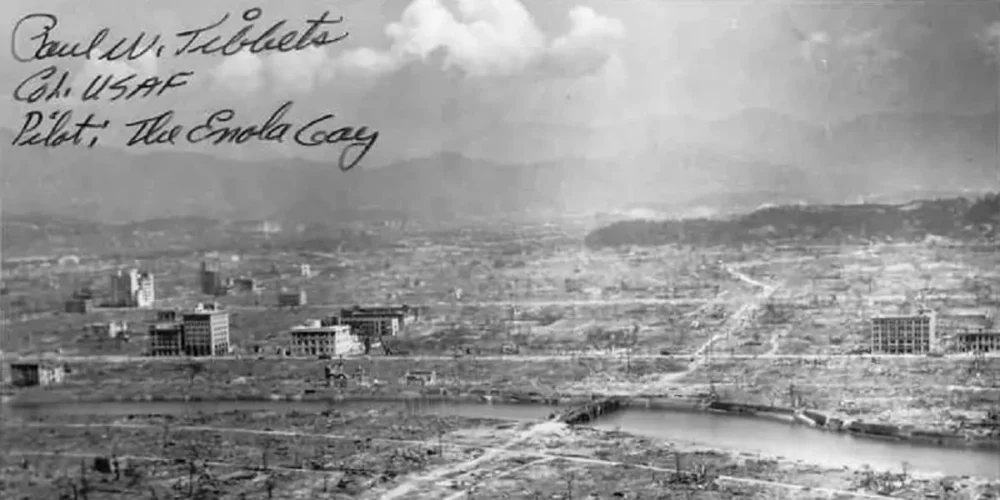When was the first atomic bomb dropped on Hiroshima?
Last Updated:
At 8:15 a.m. on August 6, 1945, the Japanese city of Hiroshima tragically entered the history books as the first target of a nuclear attack. On that day, an American B-29 bomber, named Enola Gay, dropped an atomic bomb nicknamed Little Boy on the city, causing massive destruction and hundreds of thousands of deaths and injuries. This event marked a decisive turning point in the World War II and in the history of mankind.
Today, Hiroshima is universally associated with the memory of the first military use of atomic weapons. The decision to drop the bomb was taken by the United States to hasten the end of the conflict with Japan, which still refused to surrender despite the collapse of Nazi Germany a few months earlier.
The Little Boy bomb worked by nuclear fission using uranium 235. It weighed around 4 tons and contained some 15 kilotons of TNT. When it exploded over Hiroshima, some 600 meters above sea level, it unleashed unimaginable destructive energy. The ground temperature exceeded 4,000°C, incinerating thousands of people instantly.
Hiroshima, a city of 350,000 inhabitants, suffered colossal damage. It is estimated that around 70,000 people died immediately, while tens of thousands more perished in the weeks and months that followed, victims of burns, injuries or the effects of radiation exposure. By the end of 1945, the death toll had risen to almost 140,000.
The city itself was 70% destroyed. The buildings, mostly made of wood, could not withstand the shock wave. Only a few buildings, such as the famous Genbaku Dome (now the Hiroshima Peace Memorial), remained partially standing, bearing witness to the violence of the blast.
Three days after Hiroshima, on August 9, 1945, a second atomic bomb was dropped on Nagasaki, killing around 70,000 people. These two atomic attacks precipitated Japan’s surrender, which was officially signed on September 2, 1945, bringing the World War II to an end.
Since then, Hiroshima has become a global symbol of peace and the fight against nuclear weapons. Every year on August 6, the city holds a commemorative ceremony in the Peace Memorial Park. Survivors, known as hibakusha, bear witness to the physical and psychological suffering caused by the attack, and pass on their message of peace to future generations.
In historical terms, the bombing of Hiroshima is still the subject of much debate. Some see it as a necessary evil to end the war, while others denounce it as a morally unjustifiable tragedy. What is certain is that the event profoundly altered perceptions of war, technology and political responsibility.
On August 6, 1945, Hiroshima was the scene of the first atomic bombing in history. This event marked a rupture in modern history and remains a warning of the terrible consequences of war and nuclear weapons. Today, the name Hiroshima symbolizes both the memory of the victims and the call for a future without weapons of mass destruction.
history

When was the first atomic bomb dropped on Hiroshima?
Answer
The first atomic bomb was dropped on Hiroshima on August 6, 1945 by an American bomber, marking a tragic turning point in the World War II.